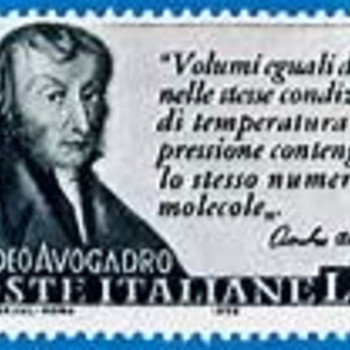Question #14d2b
1 Answer
From this site we learn that for zinc hydroxide,
Explanation:
How did they know this? How else but by measurement? The
So we write out the solubility equilibrium:
So, here,
Given the equilibrium expression, we call the solubility of Zn(OH)_2 , S .
Thus
So we have a cubic to solve:
To get a gram solubility, we simply multiply this by the molecular mass,
But we are not finished yet. We were asked to find the
Clearly,
And thus
And
Does this value of

